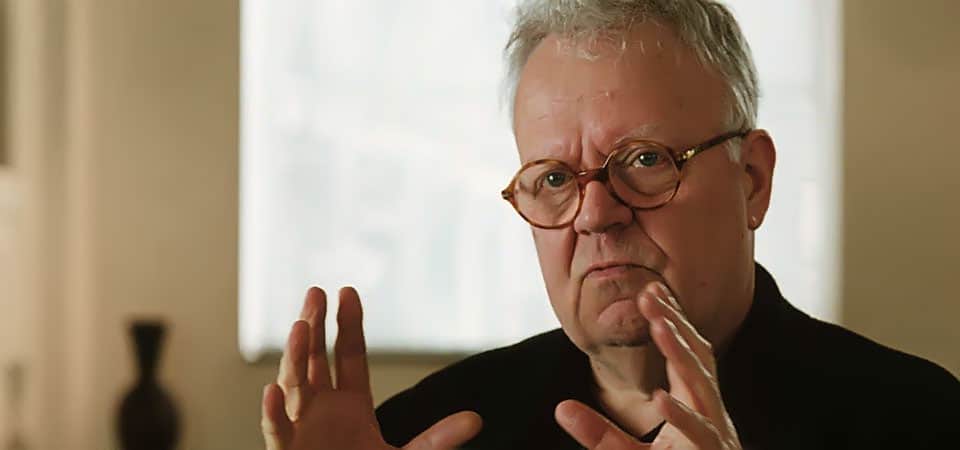
An avant-garde and influential Dutch artist with an international reputation, whose oeuvre centres on light, observation, perspective and space. Dibbets’s works have found their way into numerous collections, including those of the De Pont Gallery in Tilburg and the Van Abbe Museum in Eindhoven. A note explaining his work at De Pont includes the following passage: ‘For the past few years Dibbets has been photographing simple, fragmentary images, often windows with a background worked up in numerous layers of ink. Four Windows (1991) is an example of this kind of work.
His semi-transparent pictures are reminiscent of the Dutch painting tradition, which inclines more towards the spectrum of grey light than to saturated colours. None of his windows are photographed face on. They are in the shape of trapezoids or ellipses, balanced in form and colour, lending movement to the composition. In most cases, nothing but sky can be seen through them (…) The forcefulness of these shapes and the surge of colour appear to change direction.’
Dibbets holds unorthodox views on art history. He maintains that Flemish and Dutch art are closely related and that they inspired both Spanish and Italian painters. He dismisses Joseph Beuys’s hypothesis but nevertheless agrees that Dutch paintings would not have been what they are if the light had been different.
The landscapes and light were there, but it was artists who discovered them and recorded them in their paintings, relying entirely on their own observation. Ultimately, you could say, Dutch light was ‘invented’ by painters. But as far as light in contemporary art is concerned, Dibbets continues, ‘we should only give answers in 50 years’ time, because we’ll only know how and what in retrospect.’
